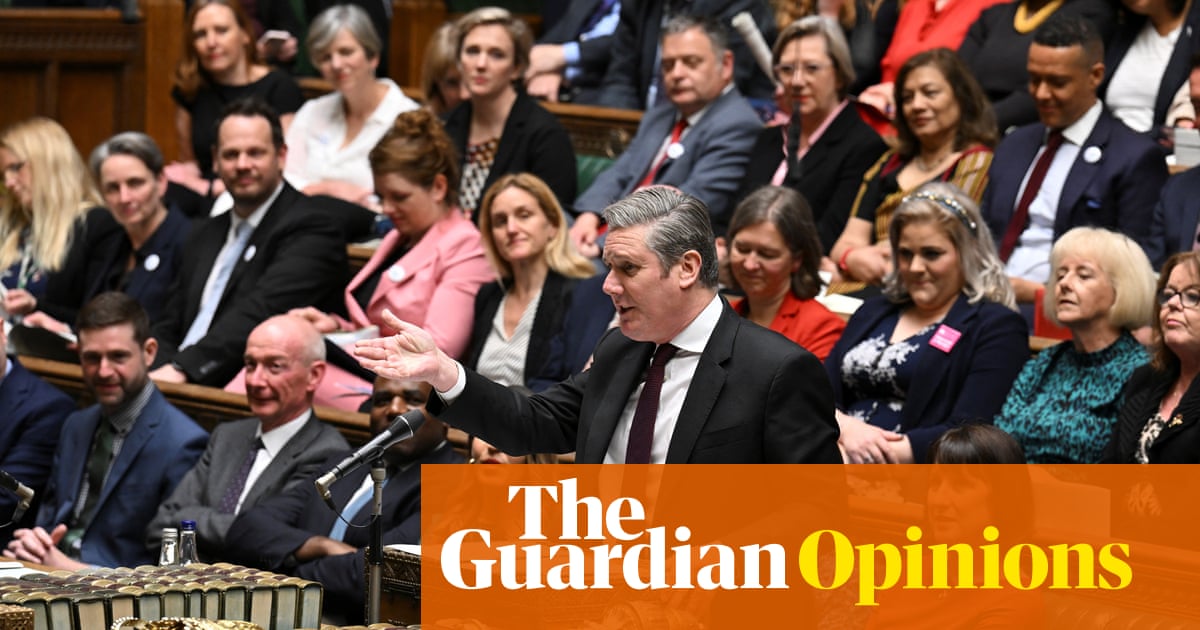
As 19 July approaches and the period for mandatory mask-wearing draws to a close, a new trend is taking full advantage of the freedom to show your face in public.
Bleached-blond eyebrows have been seen on the Instagram pages of Kim Kardashian, Lizzo and Maisie Williams. The hashtag #bleachedeyebrows is up to 15.6m on TikTok and online searches for them are up, year on year, by 71% according to Note Cosmetics. In stark contrast to the bushy brows look, which became ubiquitous in the past decade, the bleached eyebrows trend draws attention away from the top half of the face.
Fashion psychologist Dr Dawnn Karen says: “You’re not focusing on the eyes any more, but on the totality of the person. It makes the person more visible. It’s taking away from the eyes.”
In terms of the balance of our face and the features on which we focus on, face masks altered all perceptions. And with more time we spent online, virtual meetings also transformed the way we interact with seeing our face on a screen.
“The imposition of masks quickly focused attention on the eyes to communicate with others in public spaces,” says Prof Andrew Groves, who curated Undercover, an exhibition that looked back on a year spent wearing face masks. “This was then emphasised and defined with intense eyeshadow shades, liner and a more prominent, heavier brow. It was a place where your face could be dressed and coordinated to match your mask of choice.”
He thinks that during this time, in order to still express their personal identities without being able to reveal the lower half of their faces, people used their masks instead. “It was a coping mechanism to help us deal with an enforced dress code and the loss of body autonomy,” he says. “Though our mouths may have been covered and our speech muted, individuals reclaimed the mask as a site to communicate what our mouths could not.”
In past years, the bleached eyebrow look was suggestive of something “other” (think: Katy Perry at the Met Gala, Rooney Mara as The Girl With the Dragon Tattoo). “It creates an ethereal, slightly alien look,” says Groves. But even though it has now gone mainstream, Groves thinks a dark undertow remains. “Queen Elizabeth I’s use of Venetian ceruse to make her face and brows as pale as possible was pretty punk rock. After all, it included lead, causing poisoning, hair loss and death if used for a lengthy period,” he says.
“[But] beauty isn’t always about perfection; it can also be about embracing imperfection, decay and even our mortality.”












